TUBERCULOSIS
Tuberculosis (TB) is the second leading cause of death from an infectious disease. Ten million to 15 million persons in the United States are infected with TB. Case rates of TB for all ages are higher in urban, low-income areas and among non-Caucasian racial and ethnic groups. In recent years, foreign-born children have accounted for more than one fourth of newly diagnosed cases of TB in children 14 years of age or younger in the United States (American Academy of Pediatrics, 2006b).
TB is caused by Mycobacterium tuberculosis, an acid-fast bacillus not readily decolorized by acids after staining. Children are susceptible to the human (M. tuberculosis) and the bovine (Mycobacterium bovis) organisms. In parts of the world where TB in cattle is not controlled or milk is not pasteurized, the bovine type is a common source of infection.
Although the causative agent for TB is the tubercle bacillus, other factors influence the degree to which the organism produces an altered state in the host. These factors include heredity (resistance to the infection may be genetically transmitted), gender (higher rates in adolescent girls), age (lower resistance in infants, higher incidence during adolescence), stress (emotional or physical), nutritional state, and intercurrent infection (especially human immunodeficiency virus [HIV], measles, and pertussis). Children with HIV infection have an increased incidence of TB disease, and all children with TB should be tested for HIV.
The source of TB infection in children is usually an infected member of the household or a frequent visitor to the home such as a baby-sitter or domestic worker. The airway is the usual portal of entry for the organism. In the lungs a proliferation of epithelial cells surrounds and encapsulates the multiplying bacilli in an attempt to wall it off, thus forming the typical tubercle. Extension of the primary lesion at the original site causes progressive tissue destruction as it spreads within the lung, discharges material from foci to other areas of the lungs (e.g., bronchi, pleura), or produces pneumonia. Erosion of blood vessels by the primary lesion can cause widespread dissemination of the tubercle bacillus to near and distant sites (miliary TB). Extrapulmonary TB may be manifested as superior lymphadenitis, meningitis, and osteoarthritis and may appear in the middle ear and mastoid and on the skin (American Academy of Pediatrics, 2006b). With the exception of meningitis, treatment for extrapulmonary TB may be the same drug regimen as for pulmonary TB.
Diagnostic Evaluation
Diagnosis is based on information derived from physical examination, history, tuberculin skin testing, radiographic examinations, and cultures of the organism. The clinical manifestations of the disease are extremely variable (Box 23-11).
The tuberculin skin test (TST) is the most important indicator of whether a child has been infected with the tubercle bacillus. The standard dose of purified protein derivative (PPD) is 5 tuberculin units, which is administered using a 27-gauge needle and a 1-ml syringe intradermally into the volar aspect of the forearm. Creation of a visible wheal is crucial to accurate testing. A change in TB screening procedures has been recommended by the American Academy of Pediatrics (2006b); universal testing of all children for TB is no longer recommended. Subsequently a targeted testing method is employed wherein only children and adolescents at high risk for contracting the disease, in addition to those patients at risk for progression to TB disease, are screened. A risk factor questionnaire has been developed to facilitate screening pediatric populations at high risk; factors on the questionnaire include a close association with persons having latent or active disease, foreign birth, or foreign travel (Pediatric Tuberculosis Collaborative Group, 2004). The entire questionnaire is available in the Pediatric Tuberculosis Collaborative Group (2004) reference. Recommendations for TST of children are listed in Box 23-12.
A positive reaction indicates that the individual has been infected and has developed sensitivity to the tubercle bacillus. It does not, however, confirm the presence of active disease. Once an individual reacts positively, he or she will always react positively. A previously negative reaction that becomes positive indicates that the person has been infected since the last test. Guidelines for interpreting the TST are listed in Box 23-13. Prompt radiographic evaluation of all children with a positive TST reaction is recommended. The American Academy of Pediatrics (2006b) recommends that administration of the TST and interpretation of the results be performed and read by trained health care professionals.
The term latent tuberculosis infection (LTBI) is used to indicate infection in a person who has a positive TST, no physical findings of disease, and normal chest radiograph findings. The term tuberculosis disease is used when a child has clinical symptoms or radiographic manifestations caused by the M. tuberculosis organism. A diagnosis of LTBI or TB disease in a child is a sentinel event usually representing recent transmission of the M. tuberculosis organism.
Therapeutic Management
Medical management of TB disease in children consists of adequate nutrition, pharmacotherapy, general supportive measures, prevention of unnecessary exposure to other infections that further compromise the body’s defenses, prevention of reinfection, and sometimes surgical procedures.
The recommended drug regimen for LTBI in children and adolescents includes a daily dose of isoniazid (INH) for 9 months or alternatively 2 or 3 times per week with direct observation of therapy (DOT). DOT means that a health care worker or other responsible, mutually agreed-on individual is present when medications are administered to the patient. Rifampin (daily for 6 months; alternatively DOT twice weekly for 6 months) may be used to treat the child or adolescent who is INH resistant (American Academy of Pediatrics, 2006b).
For the child with clinically active TB, the goal is to achieve sterilization of the tuberculous lesion. Recommended drug therapy for treating TB disease includes combinations of INH, rifampin, and pyrazinamide (PZA). The American Academy of Pediatrics (2006b) recommends a 6-month regimen consisting of INH, rifampin, and PZA given daily for the first 2 months, followed by INH and rifampin given 2 or 3 times a week by DOT for the remaining 4 months. DOT decreases the rates of relapse, treatment failures, and drug resistance and is recommended for treatment of children and adolescents with TB in the United States.
If the child is suspected of having multidrug-resistant TB, a fourth medication such as streptomycin (IM injection only) or ethambutol is added. Optimal therapy for TB in children with HIV infection has not been established, and consultation with a specialist is advised. Therapy should always include at least three drugs initially and be continued for at least 9 months. INH, rifampin, and PZA usually with ethambutol or an aminoglycoside should be given for at least the first 2 months. The three-drug regimen can be used after drug-resistant disease is excluded.
Surgical procedures may be required to remove the source of infection in tissues that are inaccessible to pharmacotherapy or that are destroyed by the disease. Orthopedic procedures may be performed for correction of bone deformities, and bronchoscopy may be done for removal of a tuberculous granulomatous polyp.
Prognosis.: Most children recover from primary TB infection and are often unaware of its presence. However, very young children have a higher incidence of disseminated disease. TB is a serious disease during the first 2 years of life, during adolescence, and in children who are HIV positive. Except in cases of tuberculous meningitis, death seldom occurs in treated children. Antibiotic therapy has decreased the death rate and the hematogenous spread from primary lesions.
Prevention.: The only definite means to prevent TB is to avoid contact with the tubercle bacillus. Maintaining an optimal state of health with adequate nutrition and avoiding fatigue and debilitating infections promote natural resistance but do not prevent infection. Pasteurization and routine testing of milk and elimination of diseased cattle have reduced the incidence of bovine TB.
Limited immunity can be produced by administration of BCG (bacille Calmette-Guérin), a live vaccine containing bovine bacilli with reduced virulence (attenuated). In most instances, positive tuberculin reactions develop after inoculation with BCG. The distribution of BCG is controlled by local or state health departments, and the vaccine is not used extensively, even in areas with a high prevalence of disease. BCG vaccination is not generally recommended for use in the United States. However, it may be recommended for long-term protection of infants and children with negative TST who are not infected with HIV and who (1) are at high risk for continuing exposure to persons with infectious pulmonary TB or (2) are continuously exposed to persons with TB who have bacilli resistant to both INH and rifampin when the child cannot be removed from the environment or given antituberculosis drug therapy (American Academy of Pediatrics, 2006b).
Nursing Care Management
Children with TB receive their nursing care in ambulatory settings, outpatient departments, schools, and public health settings. Most children are not contagious and require only standard precautions. Children with no cough and negative sputum smears can be hospitalized in a regular patient room. However, airborne precautions and a negative-pressure room are required for children who are contagious and hospitalized with active TB disease. Infection control for hospital personnel in contagious cases should include the use of a personally fitted air-purifying N95 or N100 respirator (PAPR) for all patient contacts.
Asymptomatic children with TB can attend school or daycare facilities if they are receiving pharmacotherapy. They can return to regular activities as soon as effective therapy has been instituted, adherence to therapy has been documented, and clinical symptoms have diminished. Children receiving pharmacotherapy for TB can receive measles and other age-appropriate live virus vaccines unless they are receiving high-dose corticosteroids, are severely ill, or have specific contraindications to immunization. Children with TB should also receive optimal nutrition and adequate rest.
Nurses assume several roles in management of the disease, including helping the family understand the rationale for diagnostic procedures, assisting with radiographic examinations, performing and interpreting skin tests, and obtaining specimens for laboratory examination. Skin tests must be carried out correctly to obtain accurate results. The tuberculin is injected intradermally with the bevel of the needle pointing upward. A wheal 6 to 10 mm in diameter should form between the layers of the skin when the solution is injected properly. If the wheal is not formed, the procedure is repeated. The volar or dorsal surface of the forearm is the usual injection site. The reaction to the skin test is determined in 48 to 72 hours; reactions occurring after 72 hours should be measured and considered the result. The size of the transverse diameter of induration, not the erythema, is measured. The diameter transverse to the long axis of the forearm is the only one standardized for measurement purposes (American Academy of Pediatrics, 2006b).
Sputum specimens are difficult or impossible to obtain from an infant or young child because they swallow any mucus coughed from the lower respiratory tract. The best means for obtaining material for smears or culture is by gastric washing (i.e., aspiration of lavaged contents from the fasting stomach). The procedure is carried out and the specimen obtained early in the morning before the customary breakfast time. In some cases an induced sputum specimen may be obtained by administering aerosolized normal saline for 10 to 15 minutes, followed by CPT and suctioning of the nasopharynx for sputum collection.
Because the success of therapy depends on compliance with the drug regimen, parents are instructed about the importance and rationale for DOT. Case finding in the community and follow-up of known contacts—individuals from whom the affected child may have acquired the disease and persons who may have been exposed to the child with the disease—are essential control measures.

 FAMILY-CENTERED CARE
FAMILY-CENTERED CARE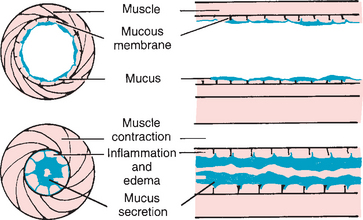
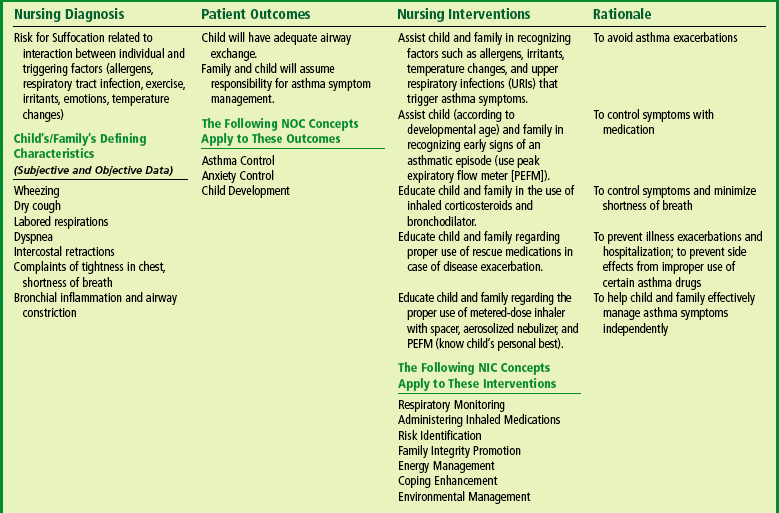
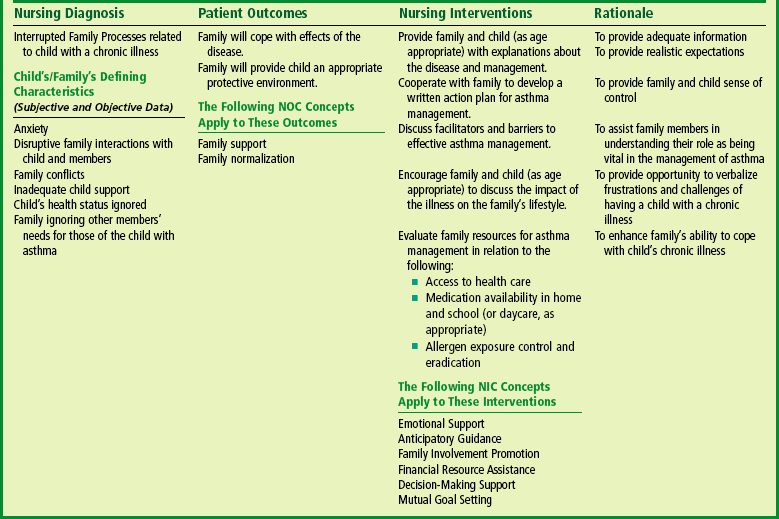
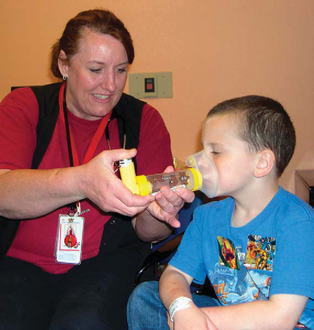
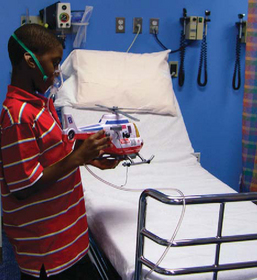

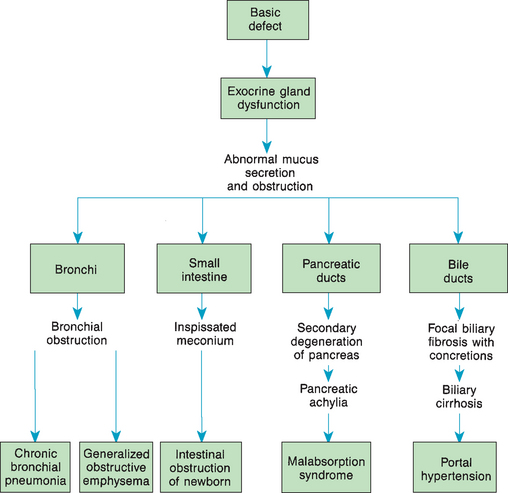
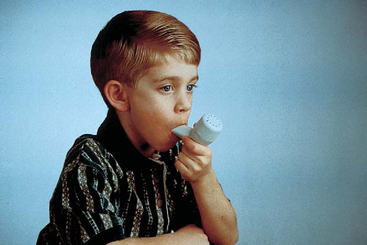

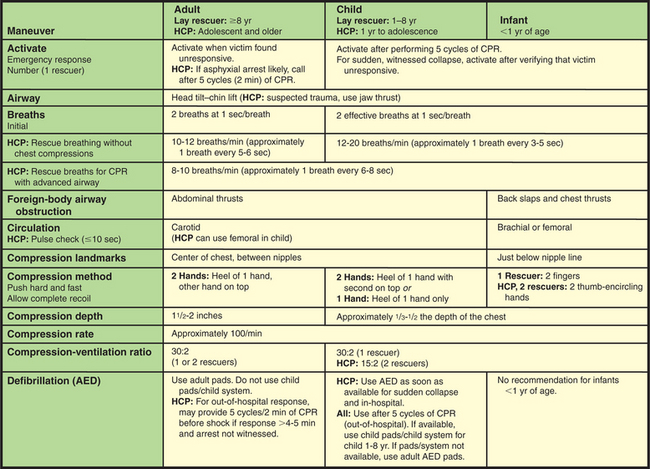
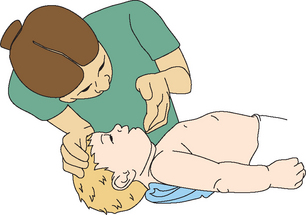
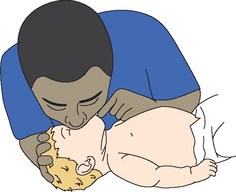
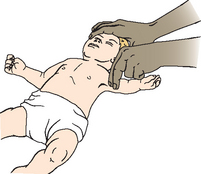
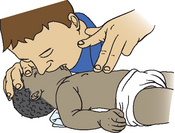
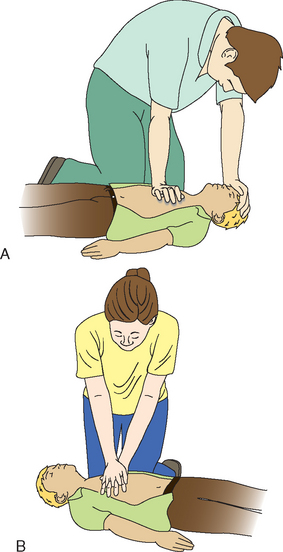
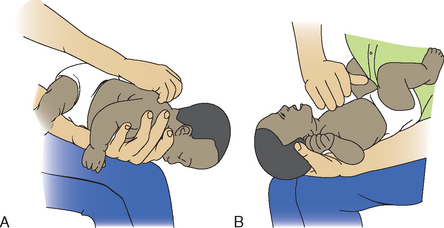
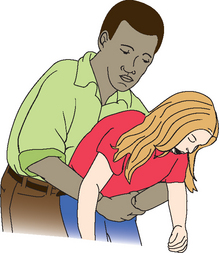

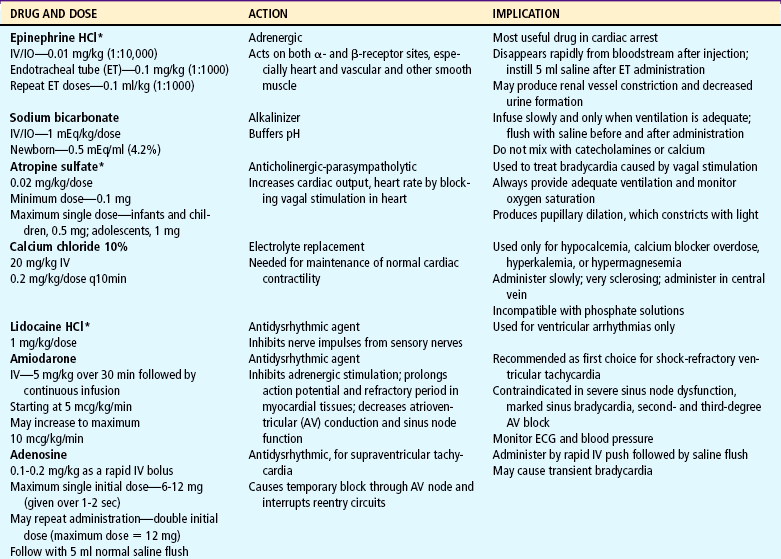
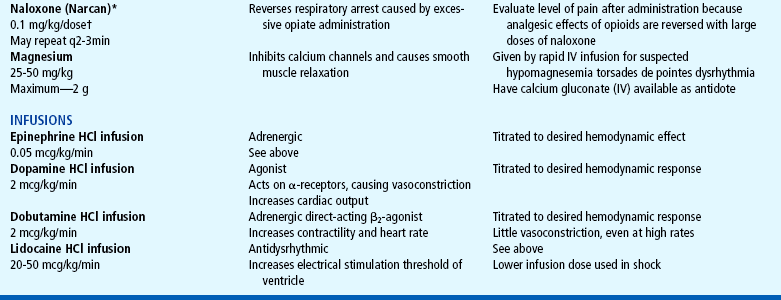
 answers to CRITICAL THINKING EXERCISE
answers to CRITICAL THINKING EXERCISE